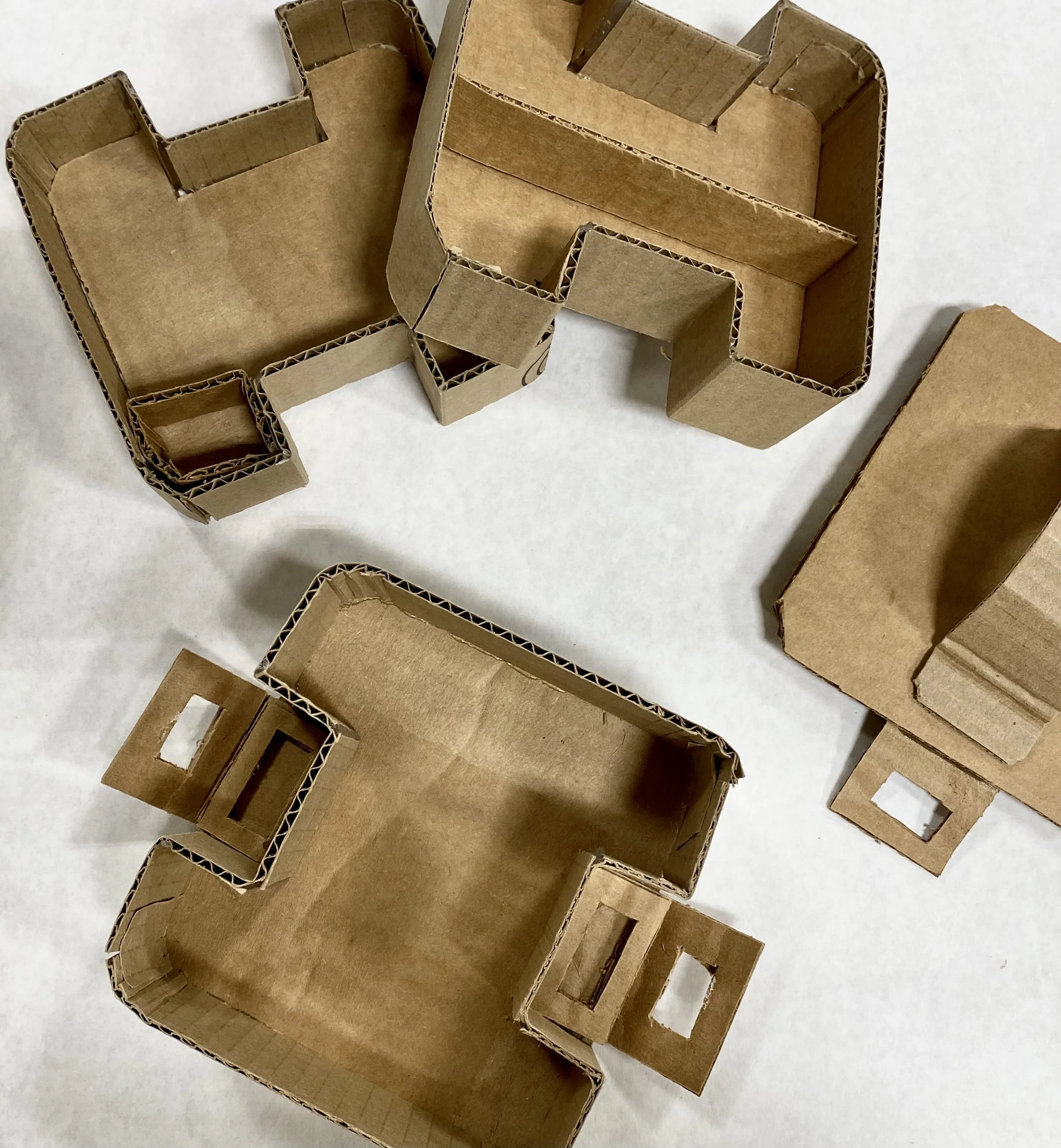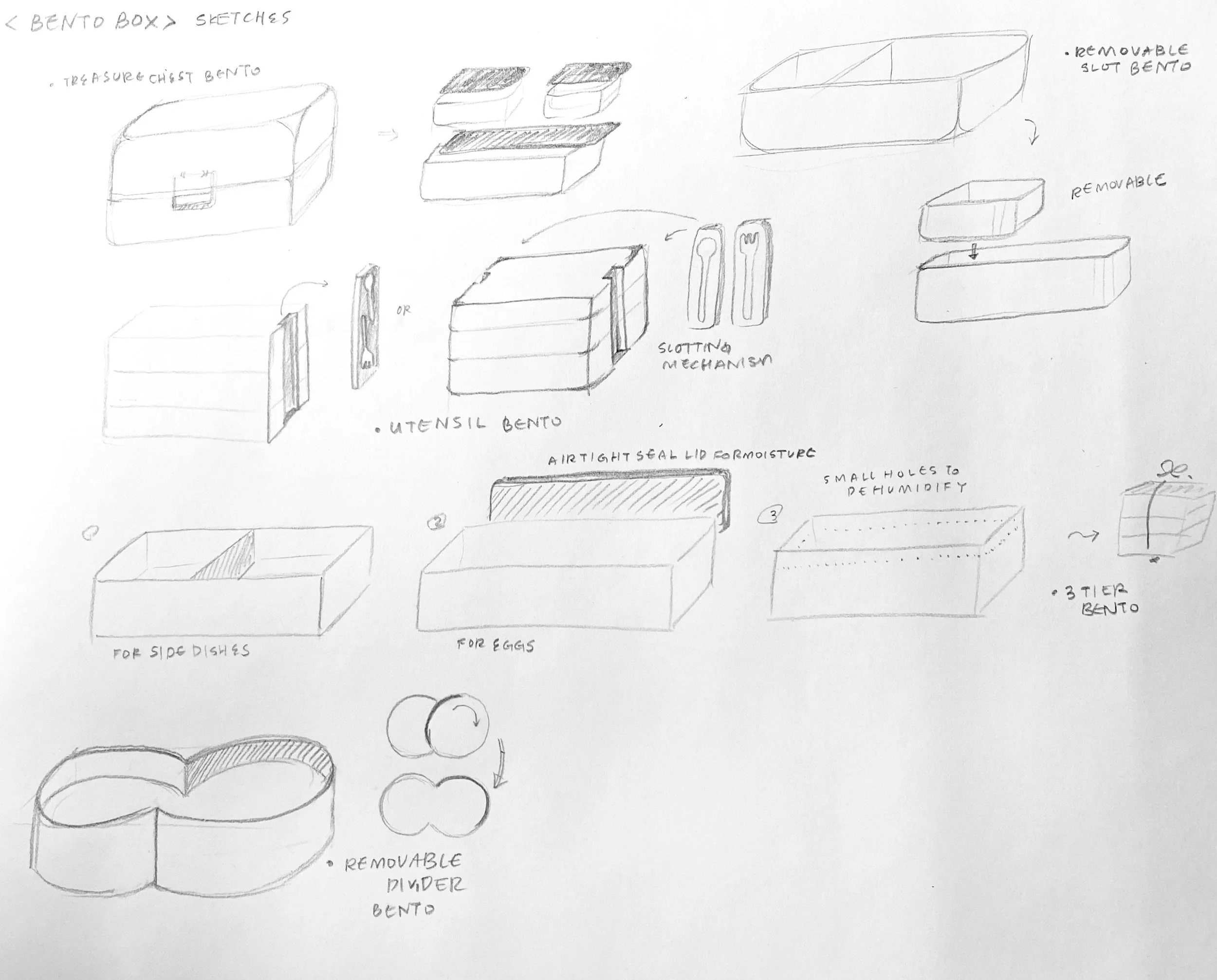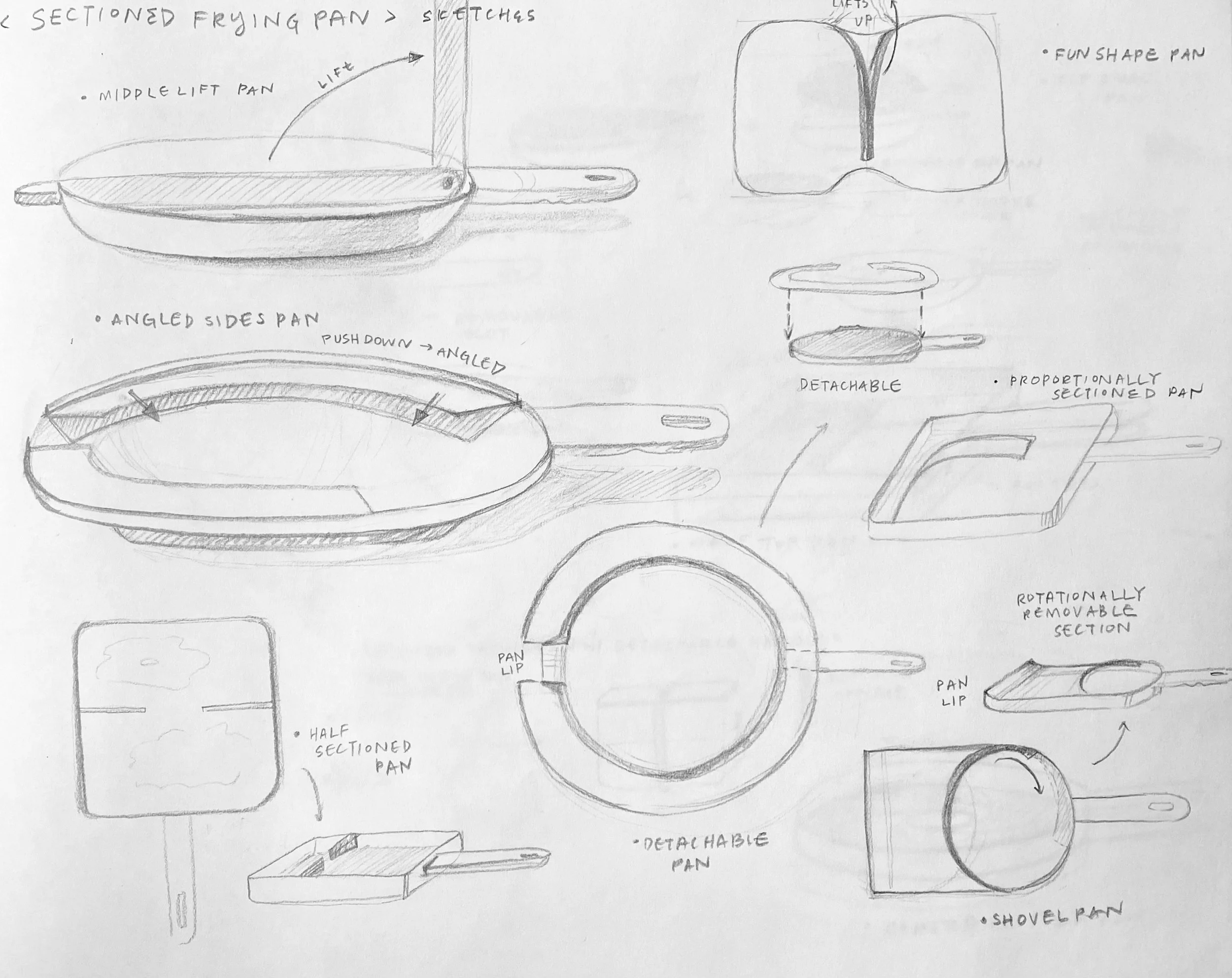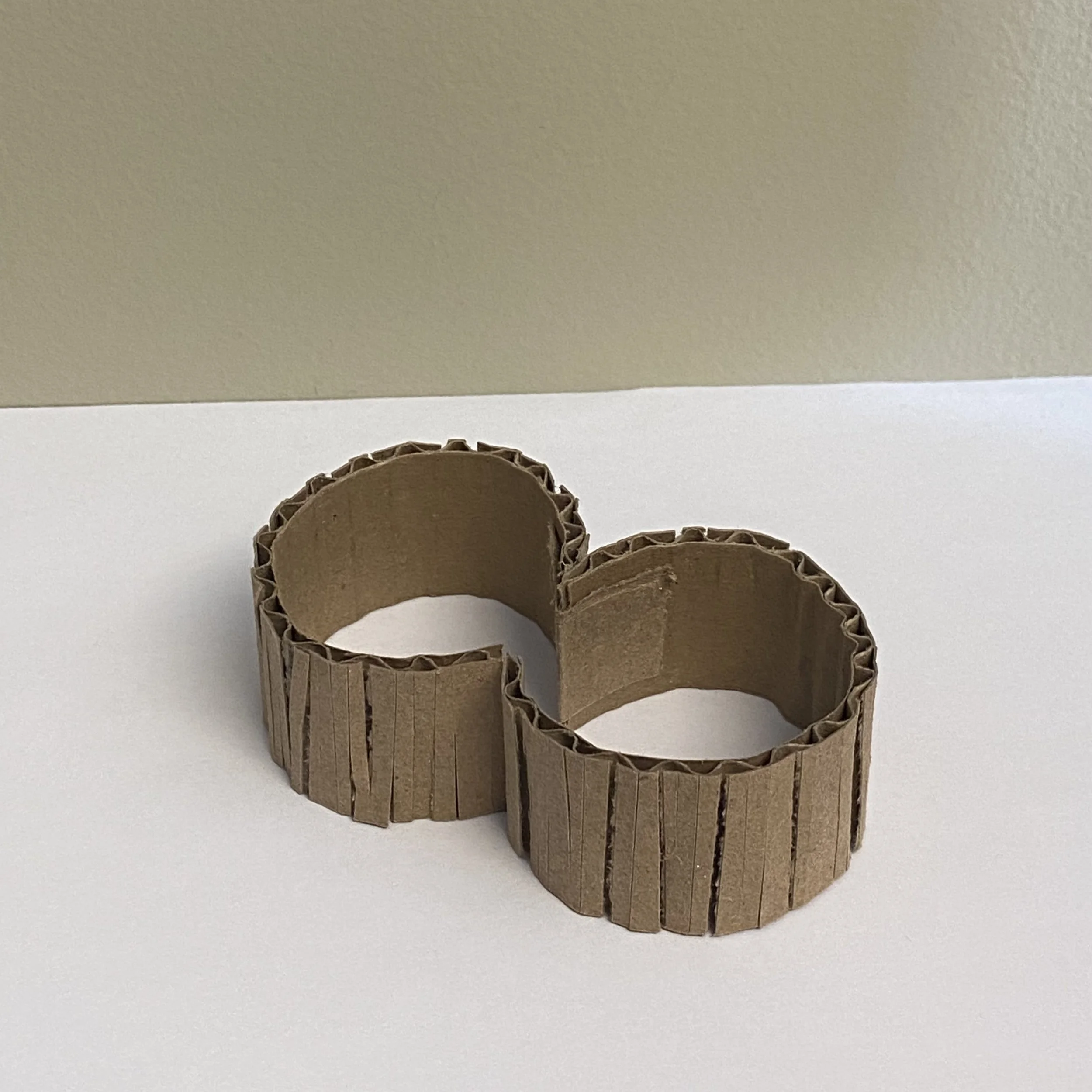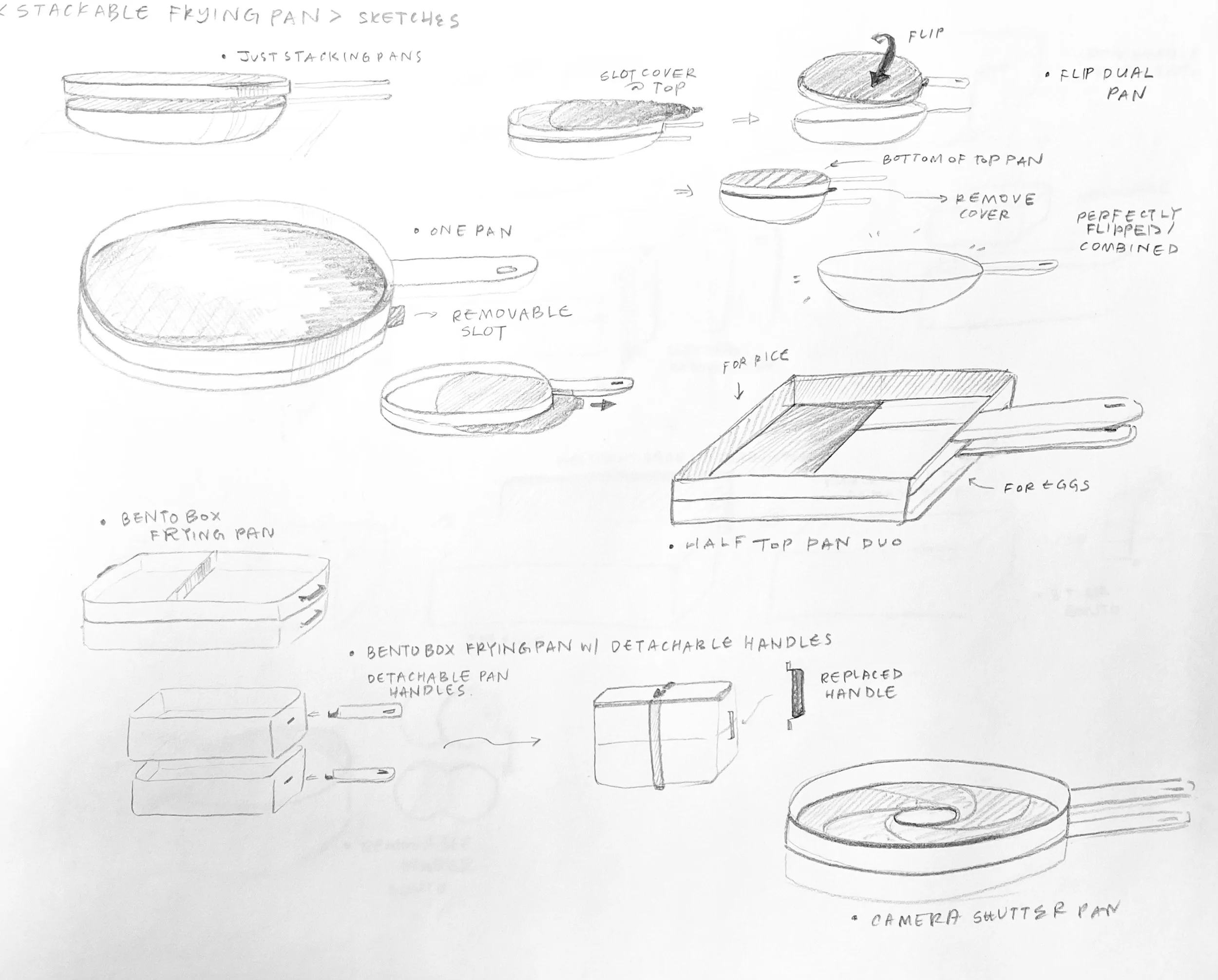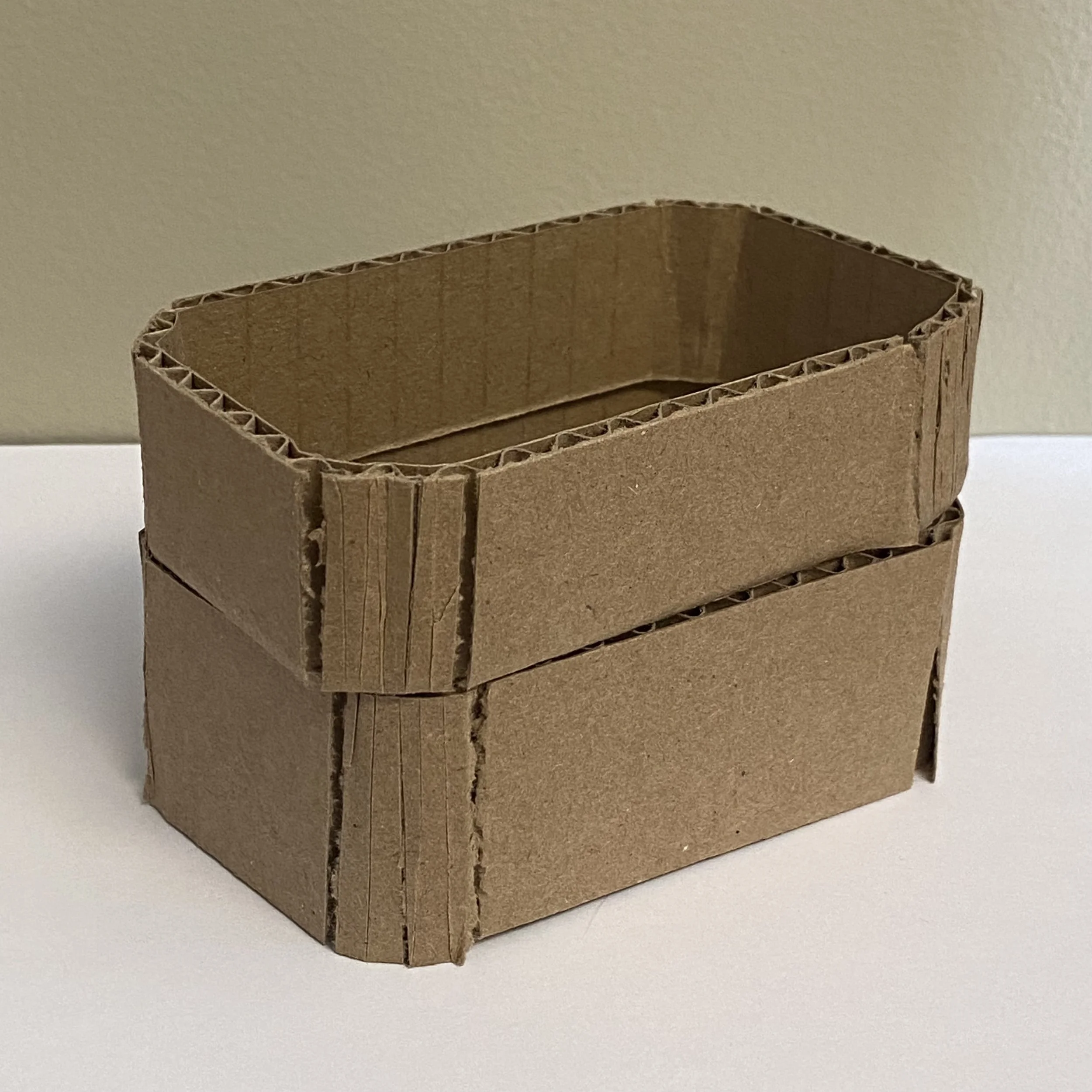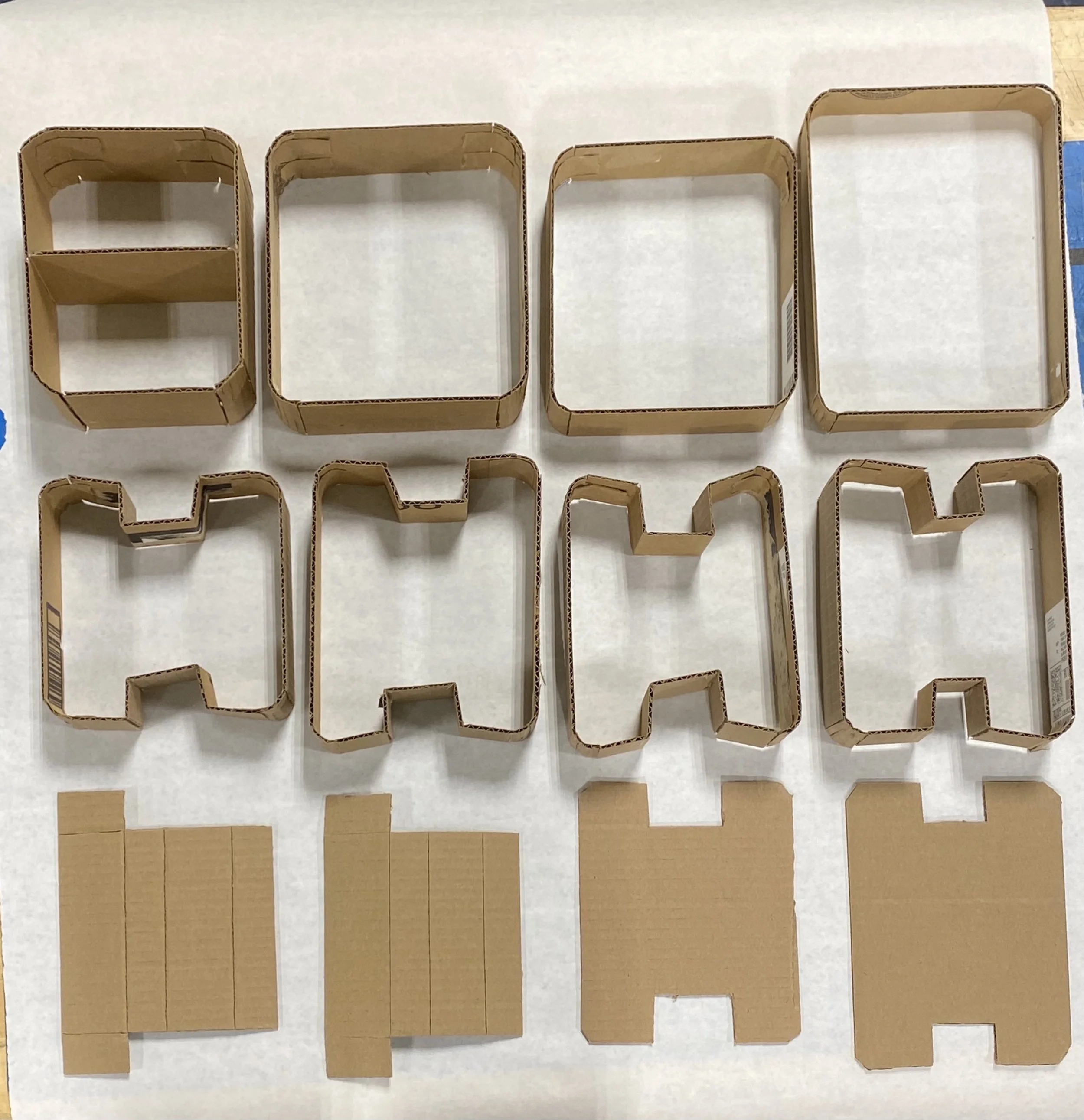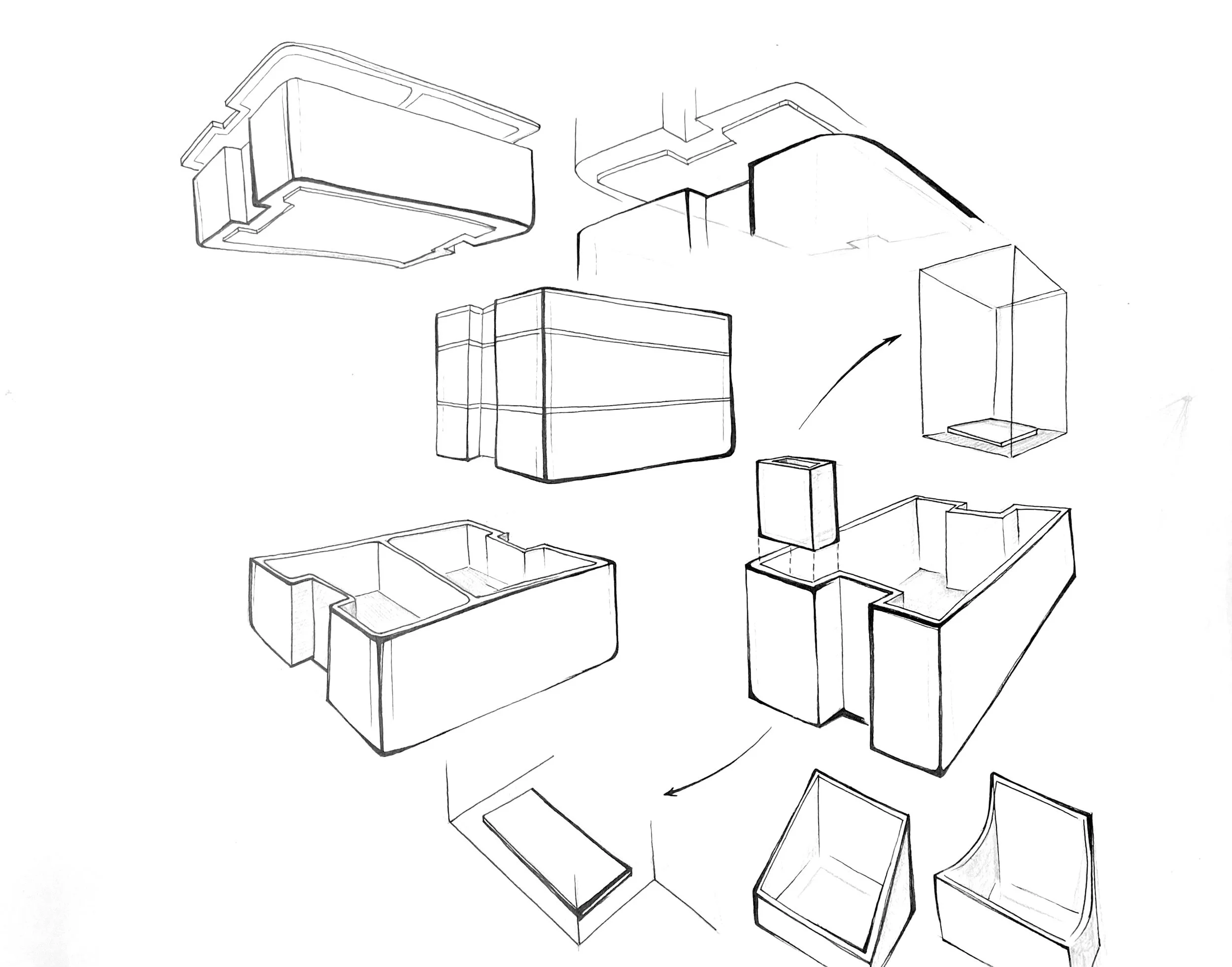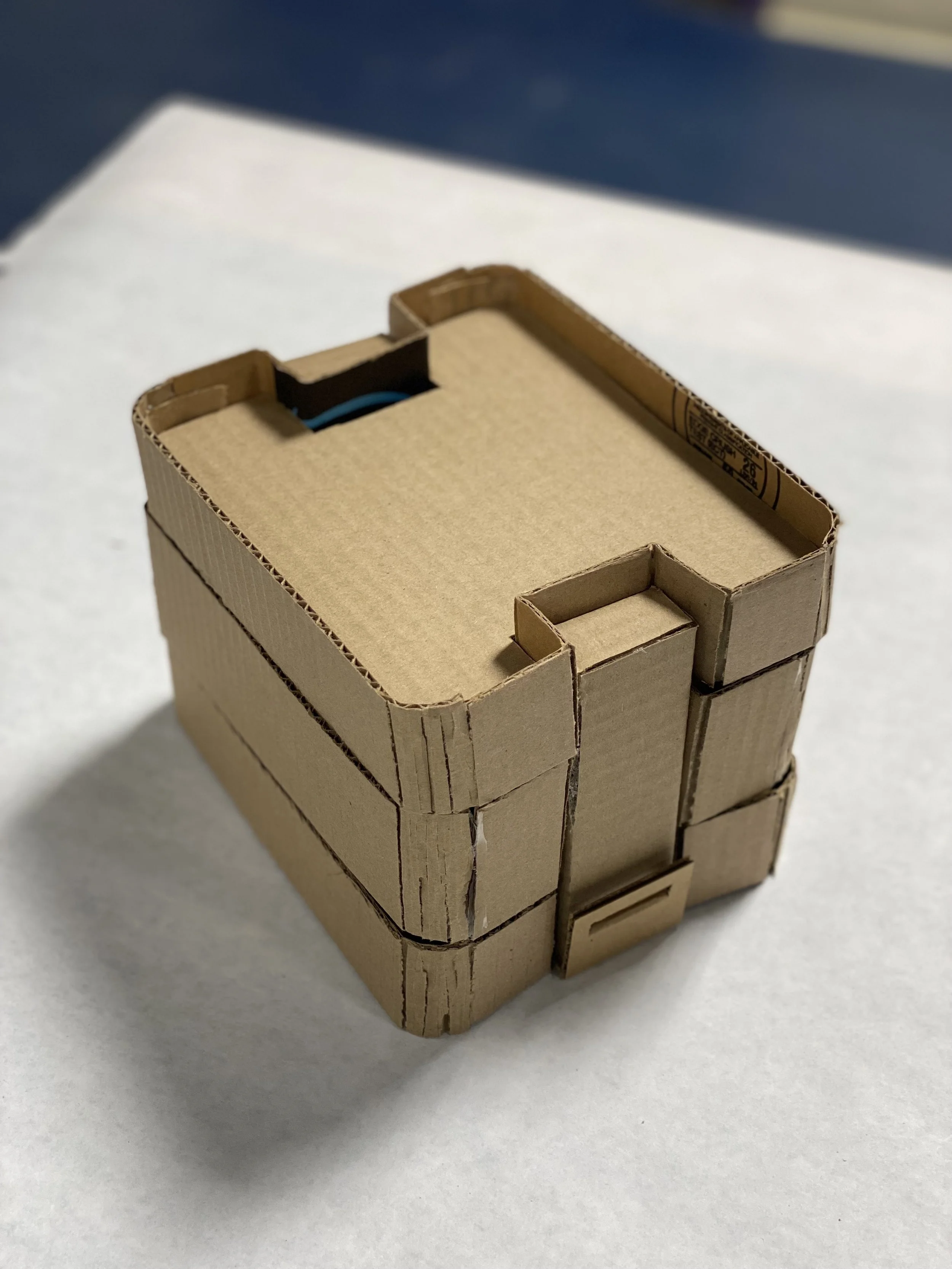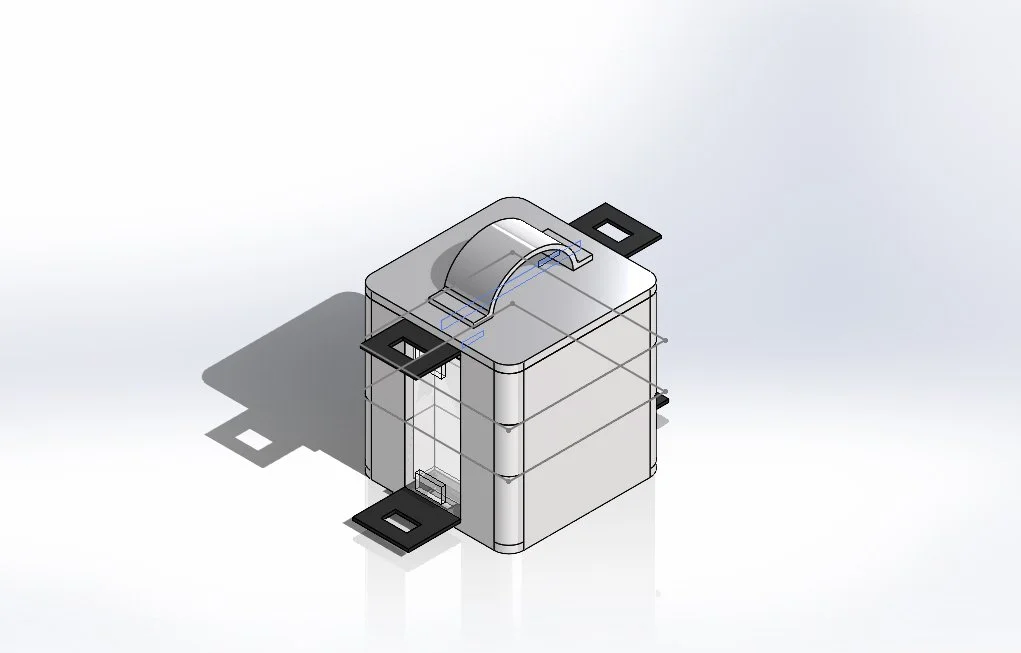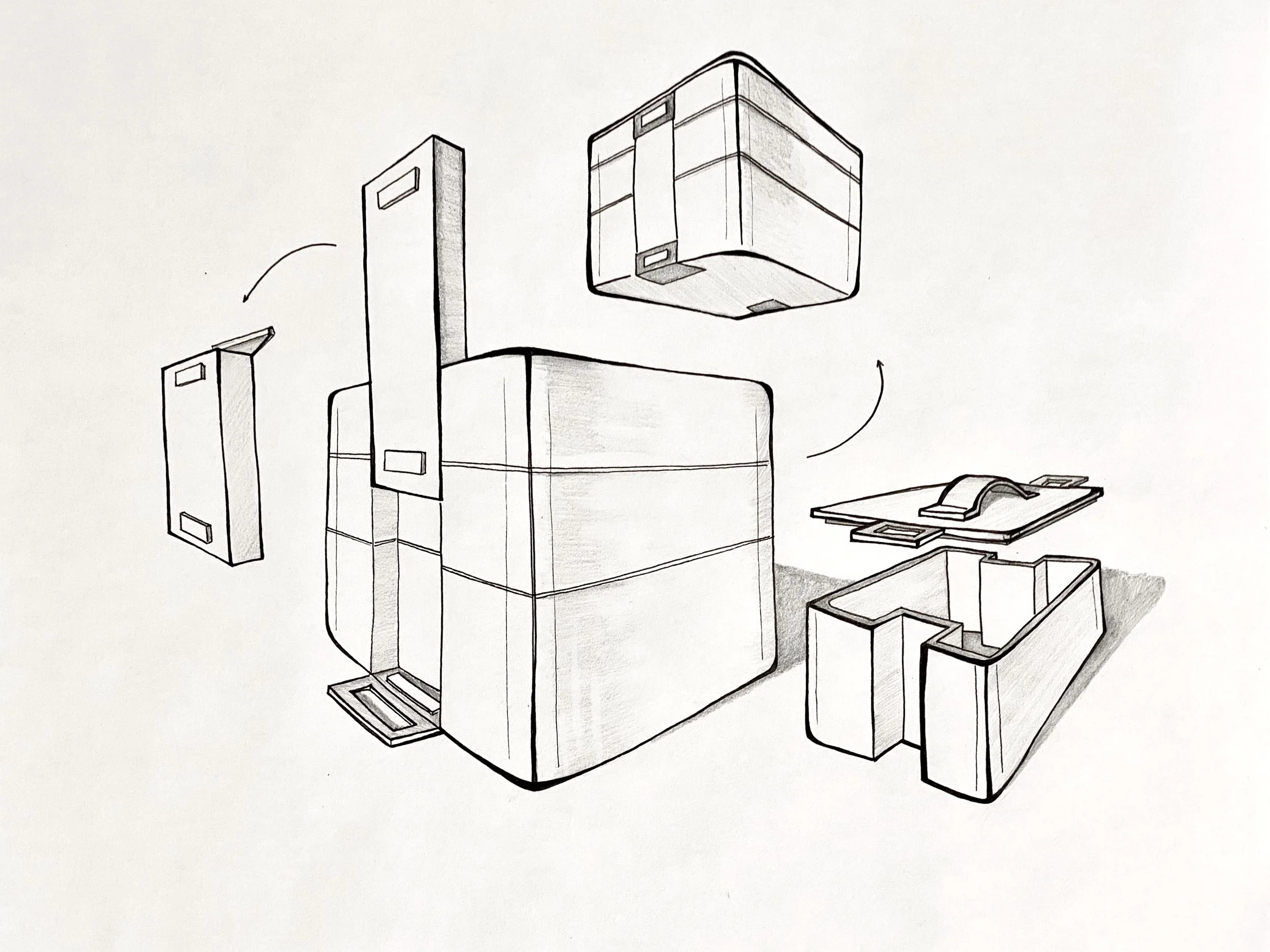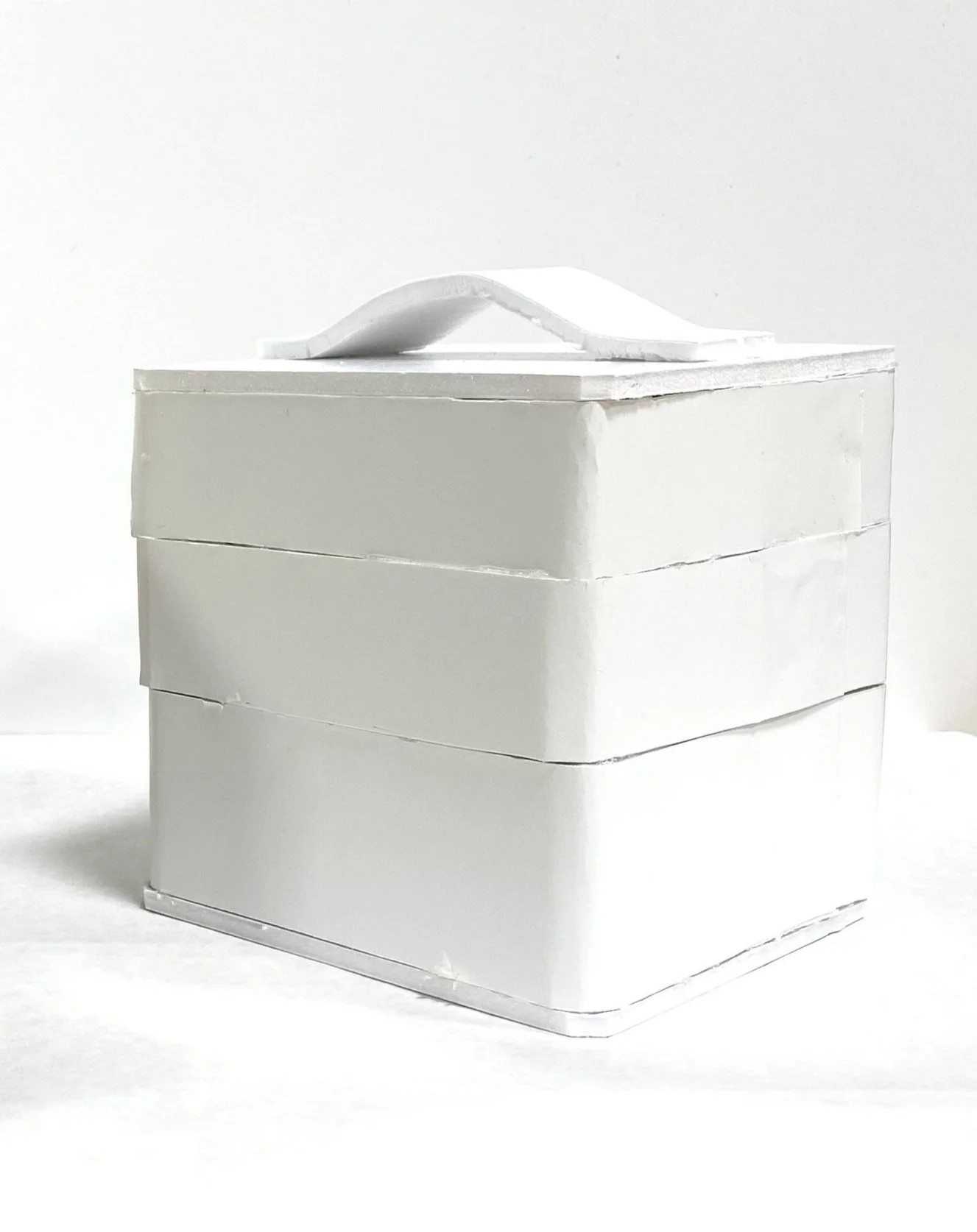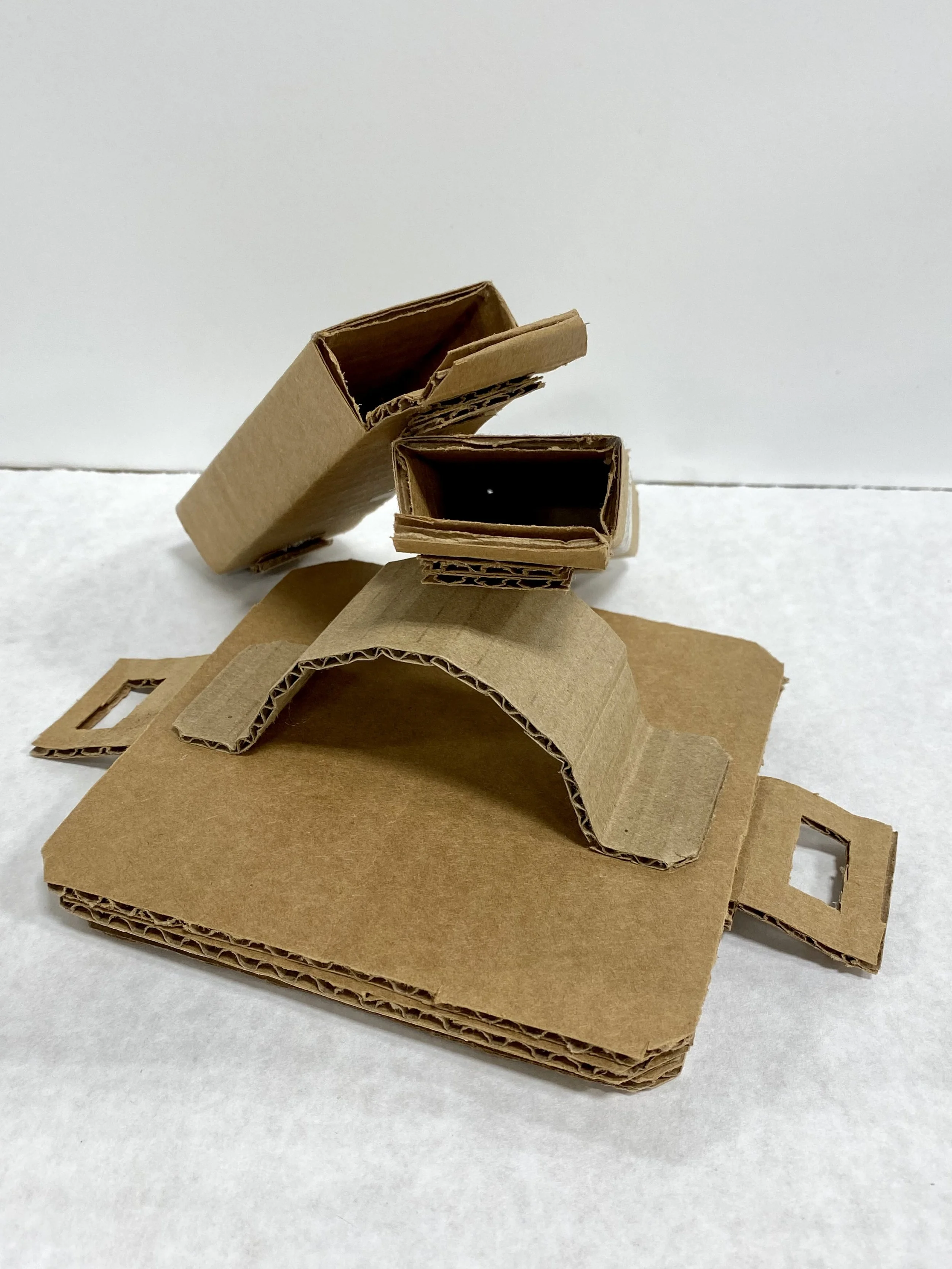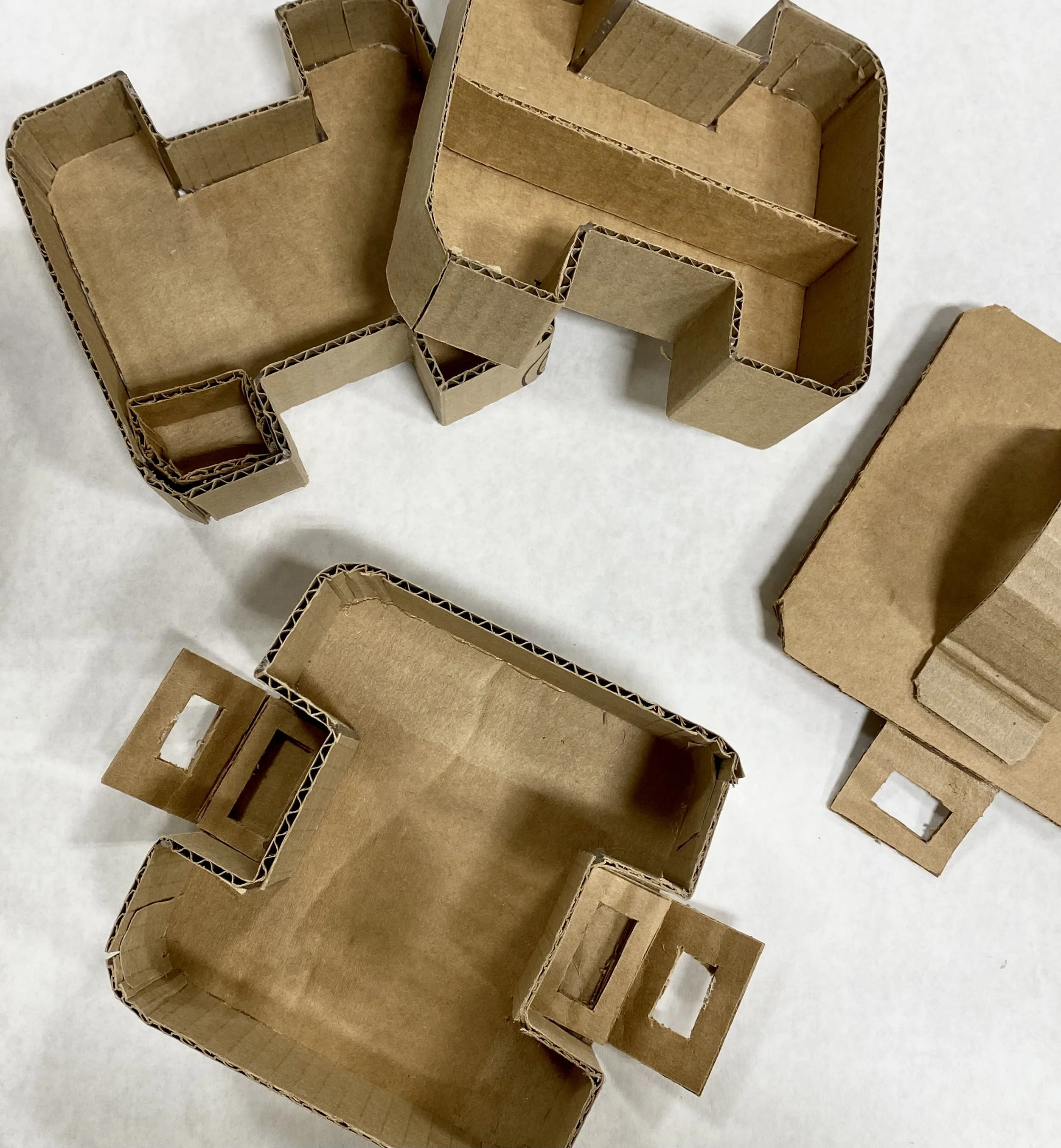BENTO
bento box design for “very much busy, very little time” people
Sketching, Market Research, Adobe Illustrator, Solidworks (CAD), Prototyping
final project for RISD ID-2400: Intro to Industrial Design course
project duration: 3 weeks
I Learned How to…
focus on iterative design, slowly refining from an initial concept to a looks-like & a fully functioning works-like model
work with different prototyping materials: cardboard, foam, & foam-core
use perspective drawing to emphasize function
BENTO Inspiration
Fried Rice doesn’t taste the same when it’s bought. As a college student, I sometimes crave really good fried rice, so I decided to design a BENTO box that could help easily replicate this home-cooked meal, even when you’re not home.
The User
busy-but-organized planners & fried-rice lovers (eg. working people, college students)
The Pain Points
I grew up using lunchboxes & reusable plastic containers, so I pulled from personal experiences (in addition to asking around) to identify which qualities were important in a Bento Box. Some shared moments of truth (& sadness):
“I’m so sad! My food is cold because I packed it in the morning.”
“Oh ****! I forgot a fork!”
“The tabs of my Tupperware fell off. I guess I have to throw it away now :(”
“I don’t have a lunchbox, so I guess this container goes in my backpack.”
(specifically for fried rice) “Ew! My rice is clumpy.”
The Design Process
I began by identifying the user and product, and then conducted market research. After identifying pain points, I developed design constraints and guidelines. To realize my final design, I used prototypes and product renderings.
Market Research
I researched 3 specific products to investigate the main physical components of a bento box:
Bento Boxes & Lunch Containers: to store food
Sectioned Frying Pans: to separate food into sections
Stackable Frying Pans & Camping Cookware: to stack different layers
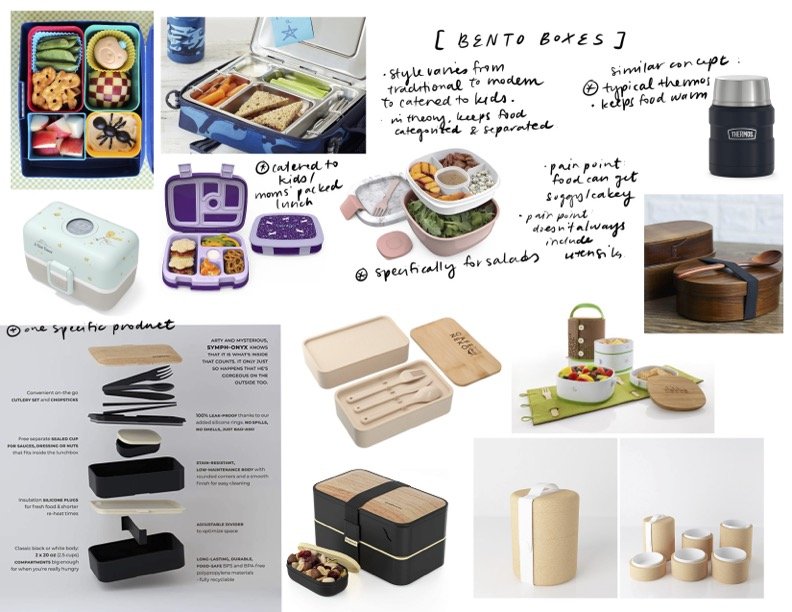
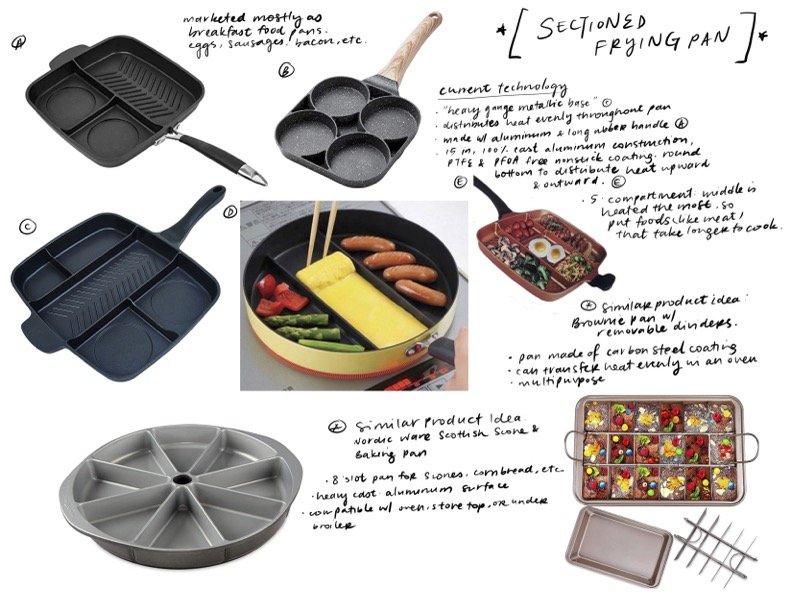
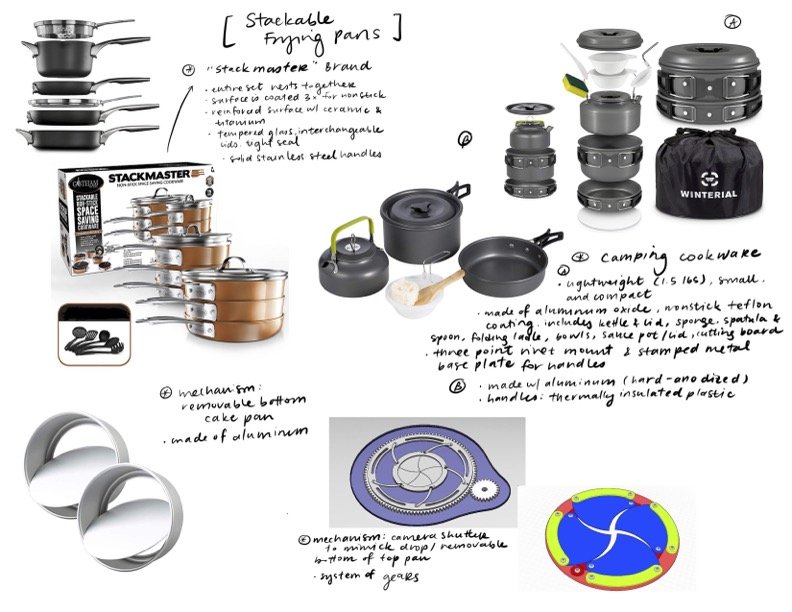
Initial Sketches & Prototypes
I explored breadth, trying to come up with as many ideas using these three product types as foundations.
Through these explorations, I found that, because a bento box has many functions, I had to consider both the whole and the individual parts.
Refined Sketches & Prototypes
I explored depth, focusing on how each of the components fit together to work as a system.
Feedback
Microwave-friendly is more applicable & more desirable than stove-friendly
Initial bento prototype was way too big for one person
Iteration & Design Decisions
main material is ceramic: ability to reheat
utensil boxes hold bento box together, making it essential (and the user can never forget)
added handle on the top to be easily carried & is lightweight
material of tabs: silicone, to stretch around tabs, making it unbreakable
removable side containers within the layers for sauces or silica gel packets
CAD Model
BENTO Box assembly view (above) & exploded view (right)
Final Design
born from the desire for easy-made fried rice & the lack of aesthetically pleasing, on-the-go cookware



